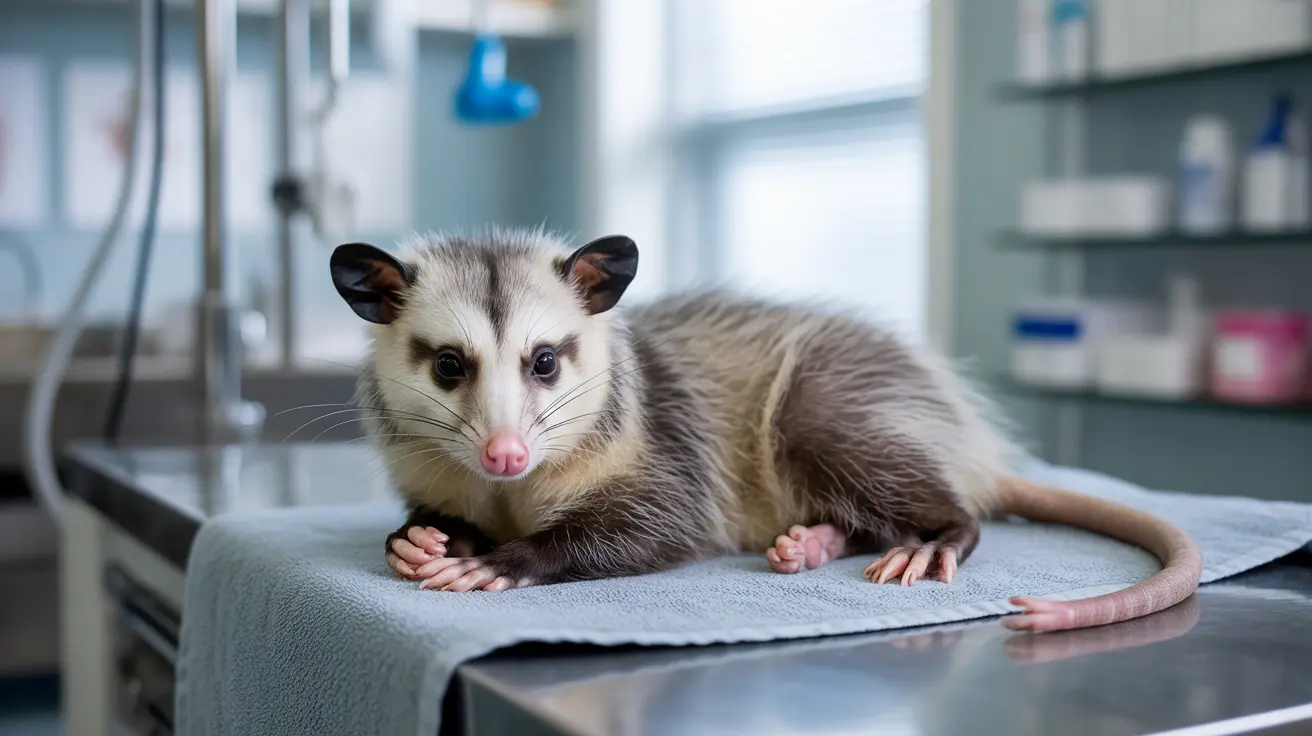Amyloidosis in cats is a serious and complex condition that occurs when abnormal proteins called amyloids accumulate in various organs, particularly the kidneys and liver. While relatively rare, this progressive disease can have devastating effects on feline health, especially in certain breeds. Understanding its causes, symptoms, and available treatment options is crucial for cat owners and veterinary professionals alike.
What is Amyloidosis and How Does it Affect Cats?
Amyloidosis develops when misfolded proteins form insoluble fibrils that deposit in tissues throughout the body. These protein deposits gradually damage organ function, leading to potentially life-threatening complications. In cats, the condition most commonly affects the kidneys and liver, though it can impact multiple organ systems simultaneously.
The disease particularly affects certain breeds, with Abyssinians, Siamese, Oriental Shorthairs, and their related breeds showing a higher predisposition. Most cases occur in cats over seven years old, though younger cats from predisposed breeds may develop the condition earlier.
Common Signs and Symptoms
Kidney-Related Symptoms
- Increased thirst and urination
- Weight loss
- Decreased appetite
- Lethargy
- Vomiting
Liver-Related Symptoms
- Jaundice (yellowing of the eyes and gums)
- Abdominal distension
- Sudden collapse
- Internal bleeding
- Acute liver failure
Diagnosis and Detection
Diagnosing amyloidosis can be challenging due to its varied presentation. Veterinarians typically begin with:
- Complete blood count
- Biochemistry panel
- Urinalysis
- Abdominal ultrasound
Definitive diagnosis requires tissue biopsy with special staining techniques, particularly Congo red stain, which identifies amyloid deposits. However, due to the invasive nature of biopsies and the often rapid progression of the disease, diagnosis sometimes occurs post-mortem.
Treatment Approaches and Management
While there's no cure for amyloidosis in cats, various management strategies can help support affected pets:
- Fluid therapy to maintain hydration
- Dietary modifications
- Medication to manage symptoms
- Regular monitoring of organ function
- Supportive care for complications
The primary goal of treatment is to slow disease progression and maintain quality of life for as long as possible. Treatment plans are typically tailored to the specific organs affected and the individual cat's condition.
Prevention and Breeding Considerations
While preventing amyloidosis entirely isn't possible, certain measures can help reduce risks:
- Regular health screenings for at-risk breeds
- Careful breeding practices to avoid affected bloodlines
- Early intervention when symptoms appear
- Maintaining good overall health
Frequently Asked Questions
What are the common signs of amyloidosis in cats, especially related to kidney and liver involvement?
Common signs include increased thirst and urination, weight loss, vomiting, and lethargy for kidney involvement. Liver involvement typically shows as jaundice, abdominal swelling, and in severe cases, sudden collapse due to liver rupture.
Which cat breeds are most at risk for developing amyloidosis and why?
Abyssinians, Siamese, Oriental Shorthairs, Burmese, and their related breeds are most at risk. This is largely due to genetic factors, with hereditary forms of the disease being well-documented in these breeds.
How is amyloidosis diagnosed in cats and what tests should veterinarians perform?
Diagnosis typically involves blood work, urinalysis, and imaging studies. Definitive diagnosis requires tissue biopsy with special staining techniques, particularly Congo red stain, to identify amyloid deposits.
Can amyloidosis in cats be treated or managed, and what supportive care options are available?
While there's no cure, supportive care options include fluid therapy, dietary management, medication for symptoms, and regular monitoring. Treatment focuses on maintaining quality of life and managing complications.
Is amyloidosis hereditary in cats, and what can breeders do to reduce the risk in predisposed breeds?
Yes, amyloidosis has a hereditary component, particularly in certain breeds. Breeders can help reduce risk by avoiding breeding affected cats or their close relatives, and by participating in health screening programs when available.
Conclusion
Amyloidosis in cats remains a challenging condition with significant impact on feline health. While treatment options are limited, understanding the disease's progression and recognizing early warning signs can help in providing the best possible care for affected cats. Regular veterinary check-ups and awareness of breed predispositions are crucial for managing this condition effectively.






